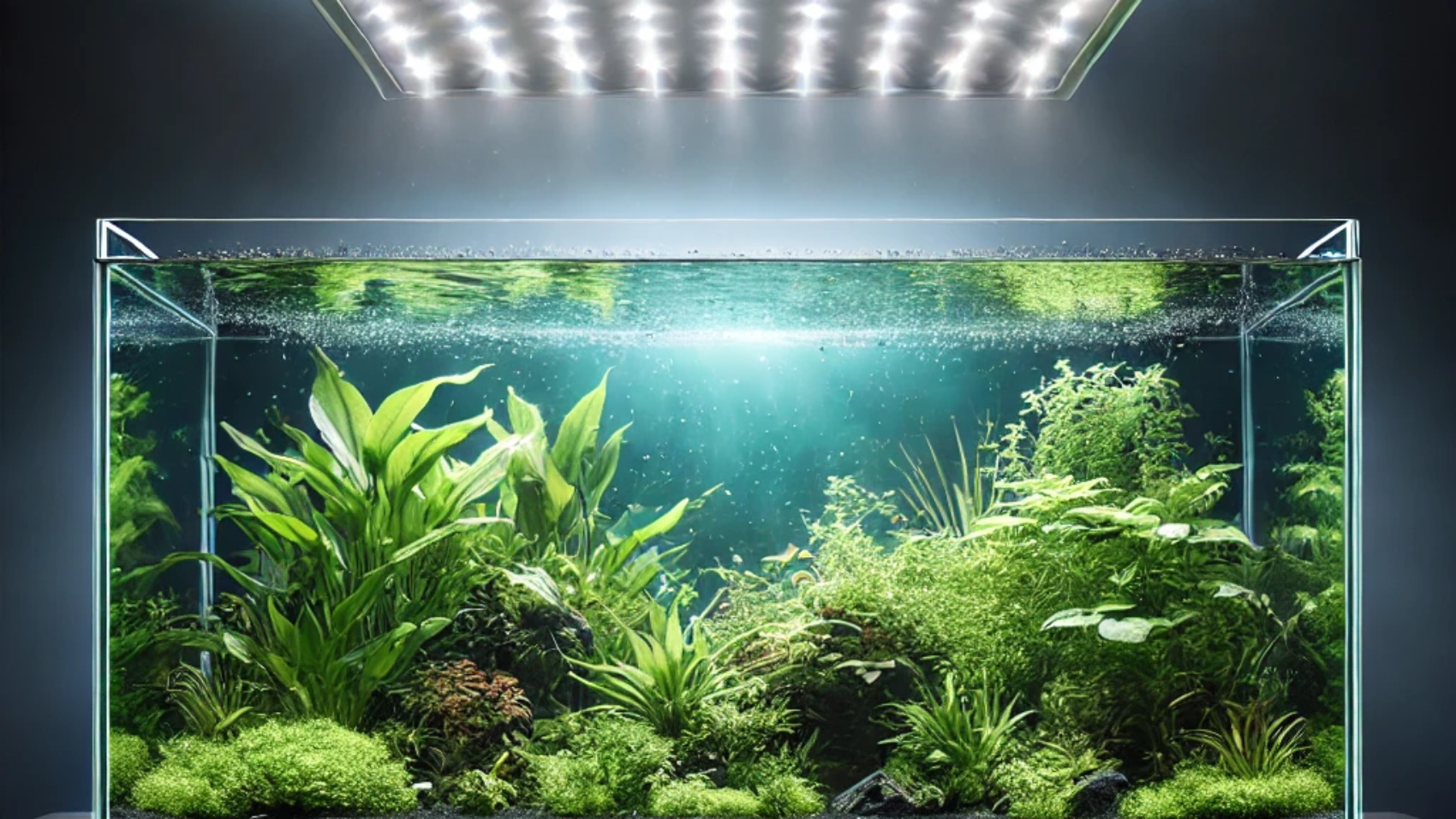
In 2025, old‐school aquarium setups feel outdated—Father Fish’s natural method is fresh, sustainable, and built to last.
🐠 Why traditional tank methods are falling short
- Conventional setups rely on high-tech filters, frequent water changes, and chemical testing.
- They demand constant attention, stress your fish, and cost more in energy and maintenance.
- In India, limited access to imported gear and rising electricity costs make these setups less practical in 2025.
🔍 What makes Father Fish different
- Soil substrate & live plants as the core filter: Natural soil layers and plants manage ammonia and nitrates without tech. No chemical additives or filter replacements needed.
- Low-tech, zero-tension maintenance: Less gear means fewer breakdowns. Weekly plant trimming replaces frequent water changes.
- Plant–fish balance = ecosystem stability: Fish like Rasboras and Danios thrive in these self-regulating systems. Algae becomes manageable, not a crisis.
🌱 Why it’s perfect for Indian aquarists in 2025
- Power savings: Electric filters are not mandatory.
- Local availability: Soil, plants, and hardy fish are easily sourced locally.
- Sustainable and eco-friendly: Avoid imported equipment and chemicals.
- Slow aquascaping: Natural beauty evolves over time—no need to chase aquascaping trends.
🎯 How to set up your first Father Fish tank
Step 1: Choose your base
Use organic potting soil topped with washed gravel or river stones. You can buy quality soil like this Amazon India option.
Step 2: Add live plants
Low-maintenance plants like Java Fern, Vallisneria, and Anubias thrive here. Try this live plant starter kit to get going.
Step 3: Add peaceful schooling fish
Cherry Barbs, Zebra Danios, and Rasboras are ideal. Start with groups of 8–10 for a natural balance.
Step 4: Let it settle
Trim plants every two weeks. Skip daily water changes. Watch your mini-ecosystem thrive over time.
Why this model matters now
Father Fish’s method is ideal for 2025—low-cost, energy-efficient, and aligned with India’s growing interest in sustainable hobbies. It saves money, supports local resources, and reduces aquarium stress—for both fish and fishkeeper.
🚀 Ready to start?
Start your own low-tech, natural tank today—and enjoy a slice of wild aquatic beauty in your home.
Inspired by Father Fish’s natural aquarium philosophy. Follow him on YouTube for more tips:
















